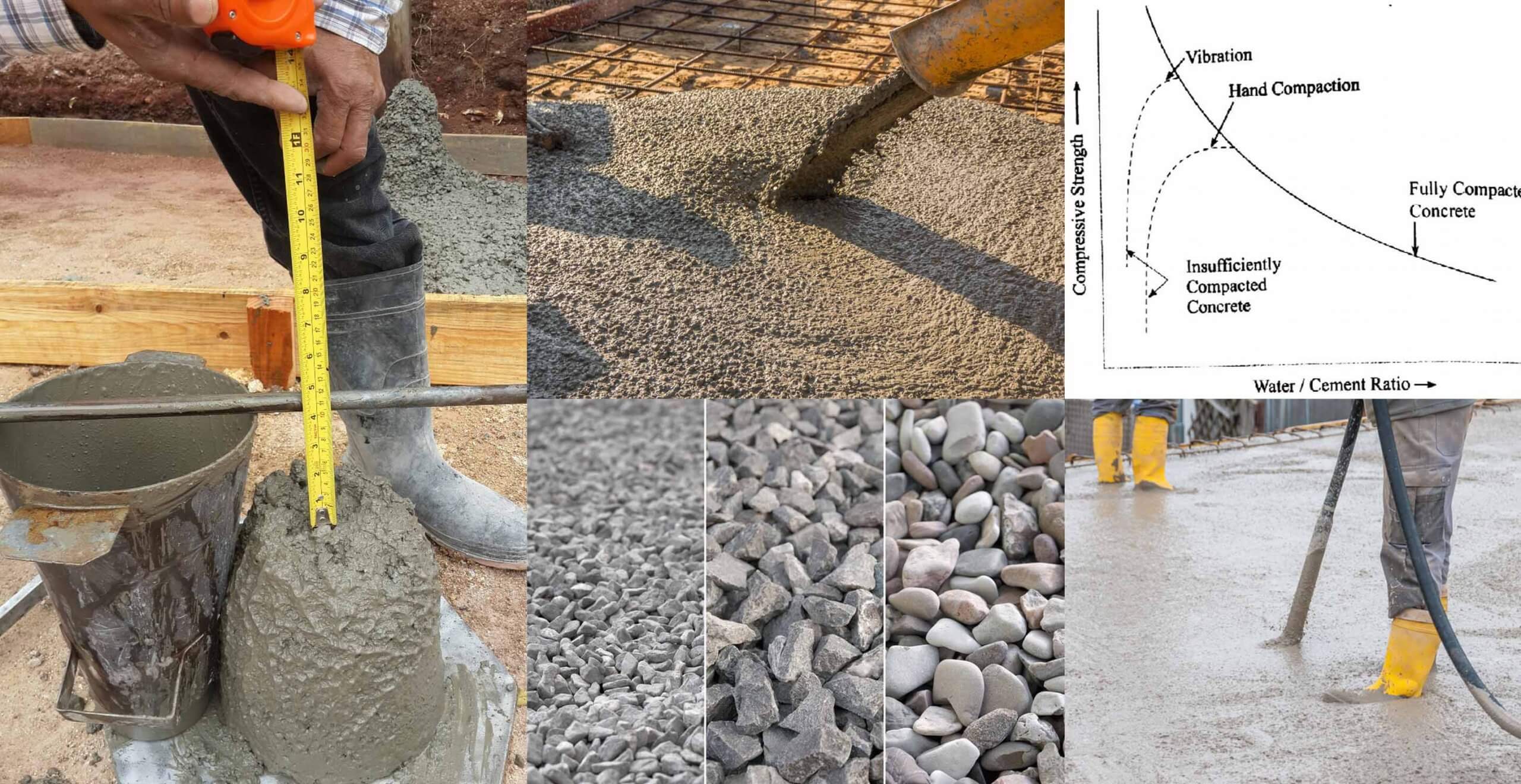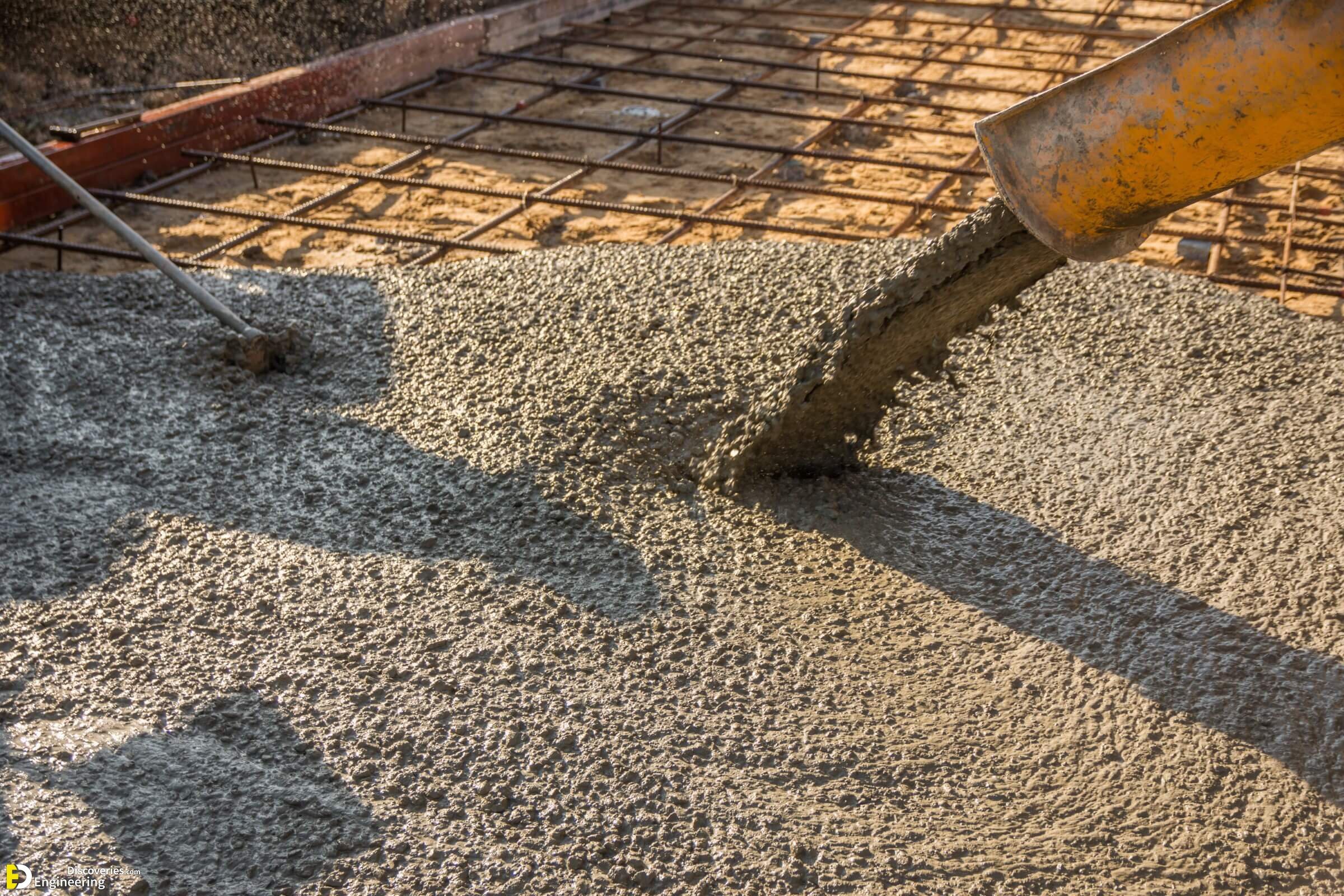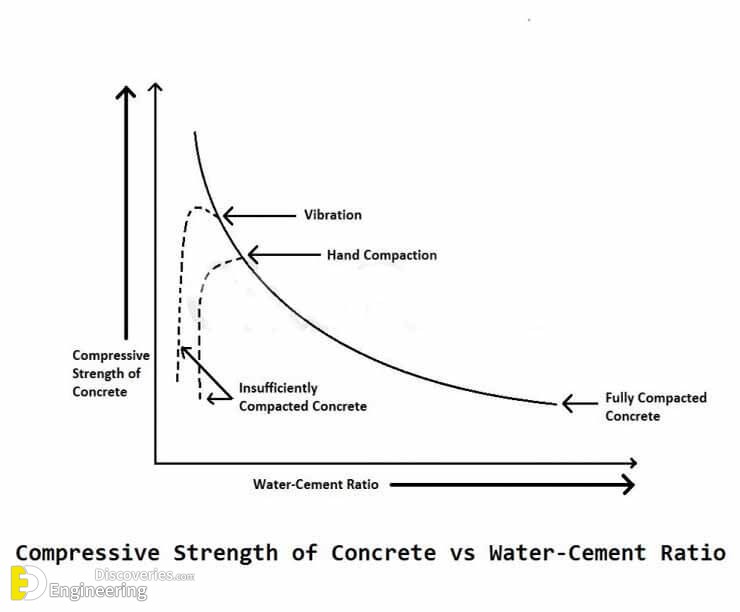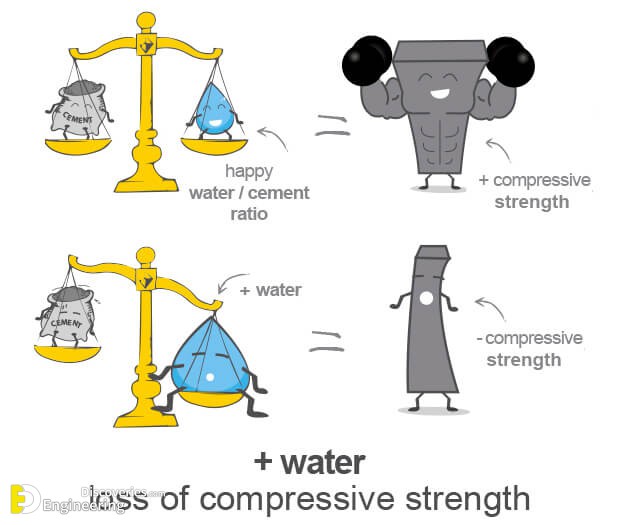Workability of concrete defined by ACI Standard “that property of freshly mixed concrete which determines the ease and homogeneity with which it can be mixed, placed, consolidated and finished”. ASTM defines it as “that property determining the effort required to manipulate a freshly mixed quantity of concrete with minimum loss of homogeneity”.
Workability is the amount of work to produce full compaction. It is the most important property of fresh concrete which is simply defined as “ease to work with”. The word “workability” or workable concrete signifies much wider and deeper meaning than the other terminology “consistency” often used loosely for workability. Consistency is the agility of Concrete
Factors Affecting the Workability of Concrete
The workability requirements for a concrete construction depends on:
1- Water cement ratio
2- Type of construction work
3- Method of mixing concrete
4- The thickness of the concrete section
5- Extent of reinforcement
6- Method of compaction
7- Distance of transporting
8- Method of placement
9- Environmental condition
Types of Workability of Concrete
1- Unworkable Concrete: An unworkable concrete also known as harsh concrete, is a concrete with a very little amount of water. The hand mixing of such concrete is difficult. Such type of concrete has high segregation of aggregates. and it is very difficult to maintain the homogeneity of the concrete mix.
2- Medium Workable concrete: Medium workable concrete is used in most of the construction works. This concrete is relatively easy to mix, transport, place, and compact without much segregation and loss of homogeneity.
3- Highly Workable Concrete: This type of concrete is very easy to mix, transport, place and compact. It is used where effective compaction of concrete is not possible. The problem is that there are high chances of segregation and loss of homogeneity in highly workable concrete.
Strength of Concrete & Workability Relationship
The strength of concrete is the most important property for us. It depends on density ratio or compaction and compaction depend on sufficient workability. Fresh concrete must have workability as compaction to maximum density is possible with a reasonable amount of work.
But excessive workability can lessen compressive strength. From the above graph, we see that the compressive strength of concrete decreases with an increase in w/c ratio. An increase of w/c ratio indicates an increase of workability. Hence, the strength of concrete inversely proportional to the workability and too much workability should be avoided.
Methods of Improving Workability of Concrete
To increase workability there are some ways like:
1- Increasing water/cement ratio
2- Using larger aggregate
3- Using well-rounded and smooth aggregate instead of irregular shape
4- Increasing the mixing time and mixing temperature
5- Using non-porous and saturated aggregate
6- With the addition of air-entraining mixtures
7- Adding appropriate admixtures








